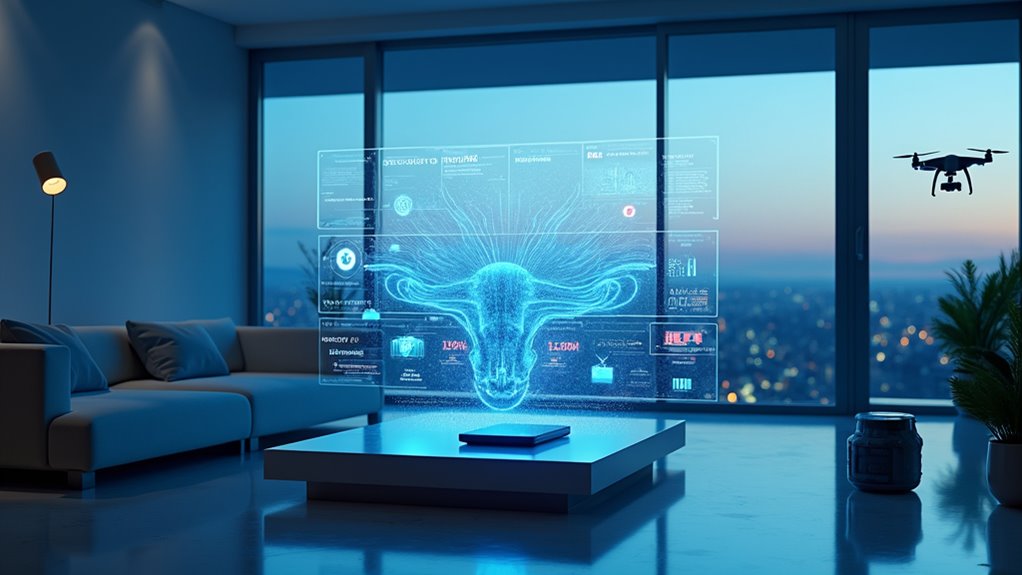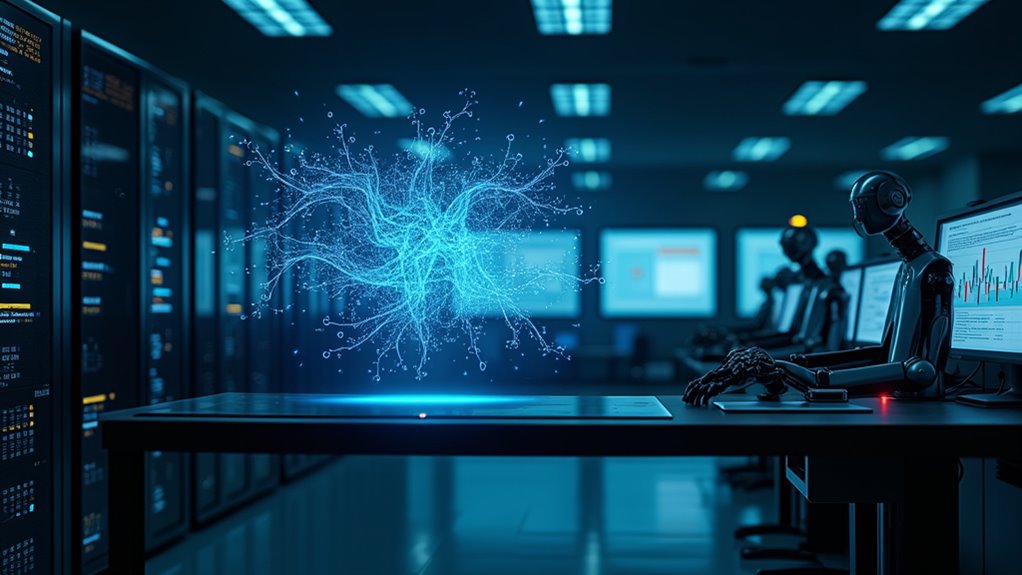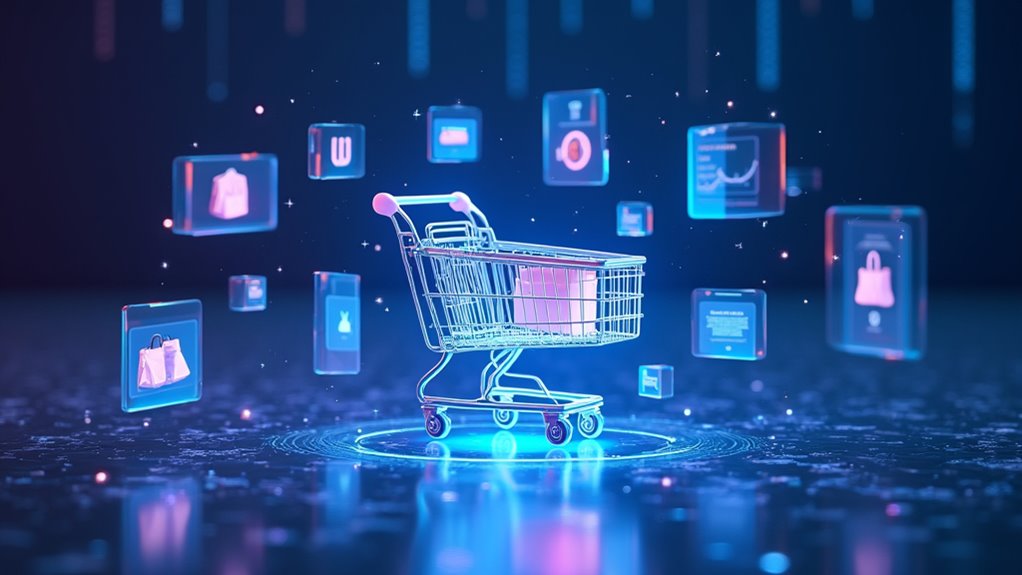While traditional artists grapple with the rise of artificial intelligence, a new trend is sweeping social media: AI-generated Barbie dolls. Users are flocking to platforms like ChatGPT, uploading their selfies, and transforming themselves into plastic fantastic versions of themselves. The results? Eerily realistic digital dolls complete with tiny accessories and personalized packaging. It’s like having a mini-me, minus the whole physical existence thing.
The process is deceptively simple. Upload a photo, add some detailed instructions about what you want your doll to look like, and voilà – the AI spits out a hyper-realistic toy version of you. Not happy with the first result? No problem. Users can keep tweaking until their digital doppelganger is perfect. Because apparently, we all need to see ourselves as injection-molded playthings. The hashtag #aibarbie has exploded in popularity, with thousands of users sharing their creations online.
Getting your own AI Barbie is a snap – just upload, customize, and watch yourself transform into plastic perfection.
But not everyone’s thrilled about this plastic parade. Artists are raising red flags about AI’s growing influence in creative spaces. They’re asking tough questions about originality, ownership, and whether machines are muscling in on human creativity. Some illustrators have responded by creating their own human made figurines. The concerning pattern mirrors how historical data bias continues to shape AI outputs across various creative fields. Meanwhile, thousands of these digital dolls flood social media feeds, racking up likes and shares faster than you can say “life in plastic, it’s fantastic.”
The trend has caught the attention of celebrities and brands, who’ve jumped on the bandwagon faster than you can say “marketing opportunity.” There’s even talk about turning these digital designs into actual physical dolls – because apparently, we haven’t quite reached peak consumerism yet.
The economic implications are hard to ignore. AI developers are practically doing victory laps as their tools gain popularity, while toy manufacturers eye the trend with dollar signs in their minds. But there’s a catch: copyright issues loom large. Who owns an AI-generated doll design? The user? The AI? The company that made the AI? Nobody seems to have a clear answer.
One thing’s certain: this trend isn’t going anywhere soon. As artists and AI continue their uncomfortable dance, social media users keep churning out these digital dolls. It’s a brave new world of creativity – or maybe just the death of originality. Only time will tell.





